You are here
Mt. Adams/Indian Heaven Wilderness/Goat Rocks, Washington
Cispus River
Mt. Adams/Indian Heaven Wilderness/Goat Rocks, Washington
Washington, Mt. Adams/Indian Heaven Wilderness/Goat Rocks
Washington, Mt. Adams/Indian Heaven Wilderness/Goat Rocks
Washington, Mt. Adams/Indian Heaven Wilderness/Goat Rocks
Washington, Mt. Adams/Indian Heaven Wilderness/Goat Rocks
Washington, Mt. Adams/Indian Heaven Wilderness/Goat Rocks

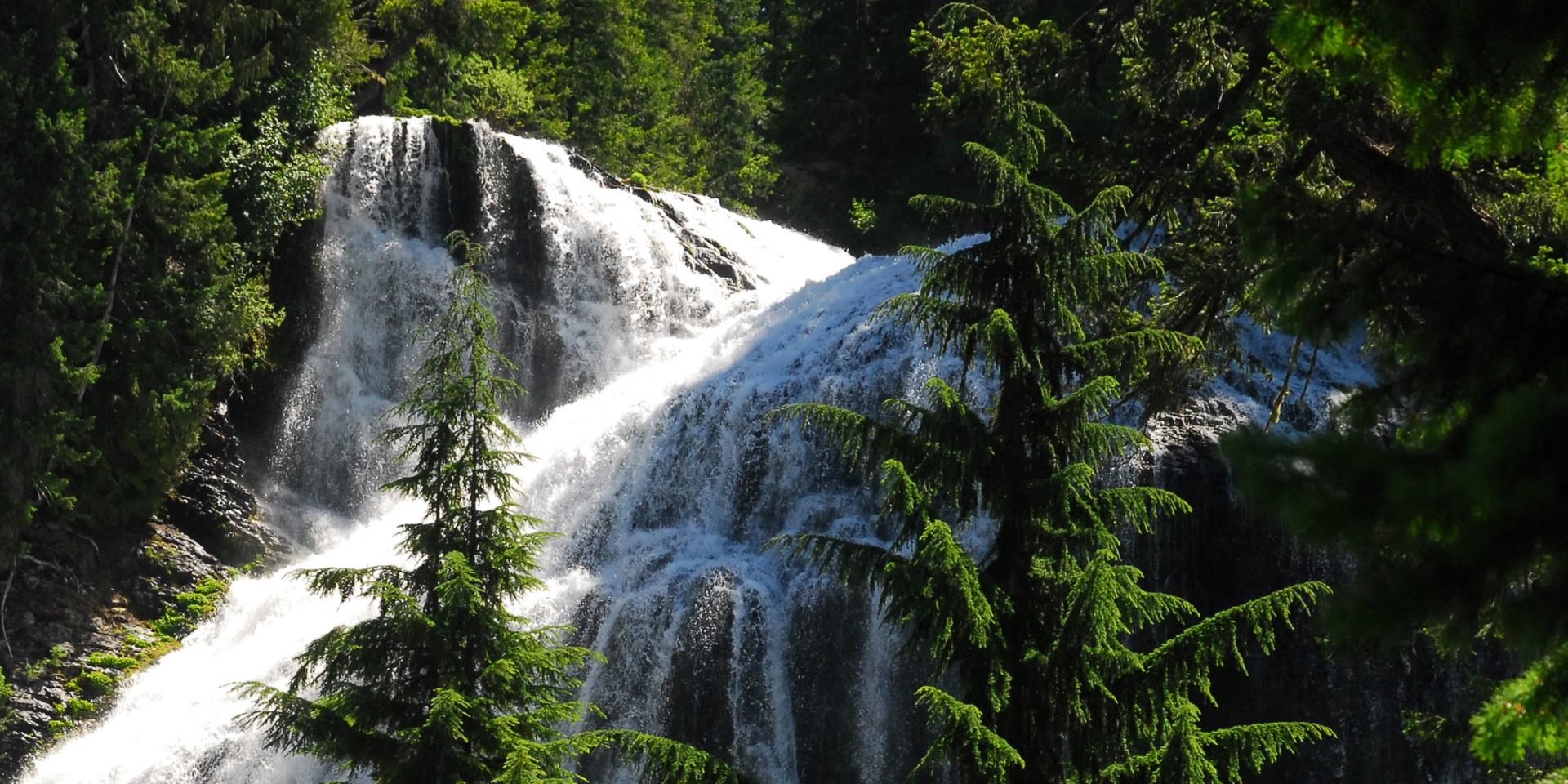
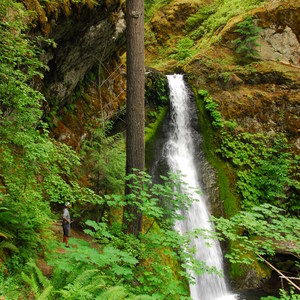
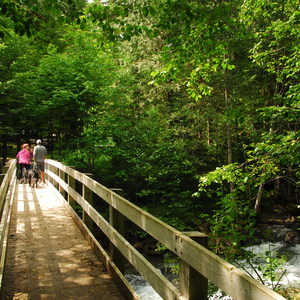
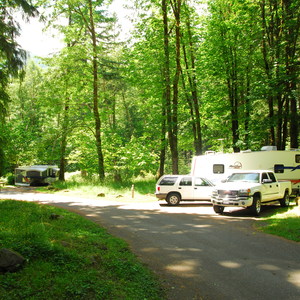
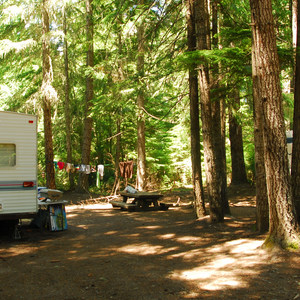
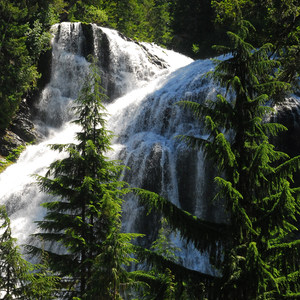
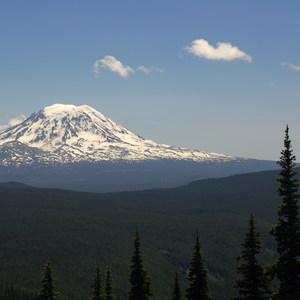
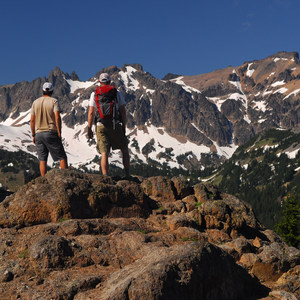
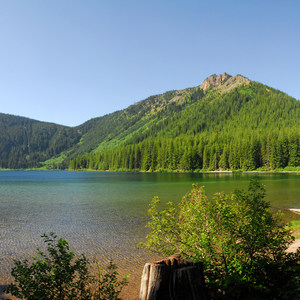



Comments
Sign In and share them.